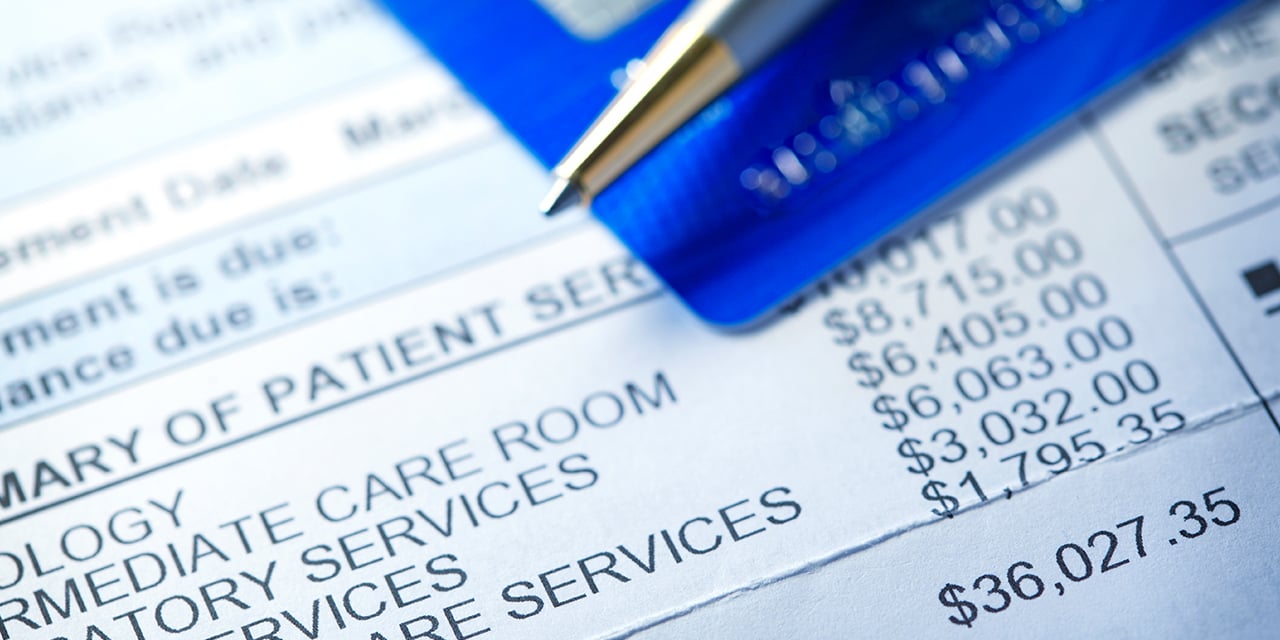
The ABCs of HSAs
When you decide to open an IRA, you immediately have a choice to make: Do you want to pay taxes on your funds when you put them into the account (like with a Roth), or would you rather wait until you take them out (like with a traditional IRA)? There are pros and cons to each, but one thing is for certain – at some point, taxes will need to be paid.
But what if you didn’t have to make that choice? What if there were an investment vehicle that let you contribute pre-tax money (lowering your tax burden now), have it grow tax-deferred and then withdraw it tax-free?
If you have a high-deductible health plan, then it’s time to talk about the mighty but underappreciated Health Savings Account.
What Is a Health Savings Account?
-
Pretax contributions. The amount you contribute to your HSA enters your account pretax, which means that amount is excluded from your taxable income. As an example, someone who saved $300/month in their HSA would lower their taxable income by $3,600 – if they’re in the 24% tax bracket, that would be a tax savings of $864.
-
Tax-deferred growth. The money you save in your HSA can grow in two ways. First, HSAs are interest-generating accounts, though their yield can vary widely based on the financial institution and how much money is invested into the account. Perhaps more importantly, HSAs are also investment accounts: While you might need to maintain a minimum balance, you can use your HSA to invest in stocks, bonds, mutual funds and ETFs. Better still, any growth in the account is tax-deferred.
-
Tax-free withdrawals. When it’s time to use the money you’ve saved in your HSA, the money you withdraw is tax-free, provided you use it on qualified healthcare expenses.
It's also important to note that being enrolled in a high-deductible health plan (and not being on Medicare) are the only eligibility requirements for HSAs. Unlike other savings vehicles, HSAs aren't subject to an income threshold that could make you ineligible to contribute, and they also don't require you to have earned income.
How HSAs Can Build Wealth
Health savings accounts can be incredibly useful to cover short-term healthcare expenses. For example, you could use money saved in an HSA to cover your healthcare costs until you reach your plan’s deductible, and then use those funds to pay coinsurance and copays until you reach your out-of-pocket limit.
However, HSAs can be an important wealth-building tool over the long term as well. The maximum HSA contribution amounts for 2025 are $4,300 for those on health insurance plans that only cover themselves and $8,550 for those with family health insurance coverage. If you treated your HSA as a long-term investment fund and paid for your healthcare expenses out-of-pocket, the account’s triple tax benefits can help you accrue wealth for retirement faster than taxable accounts. As an illustration, let’s say you as an individual saved the maximum (roughly $358 per month) and let it grow without taking withdrawals. Assuming a fairly conservative 6% rate of return, in 20 years you would have a balance of over $165,000. Plus, anyone age 55 or older can contribute an additional $1,000 annually, letting you build up your savings even faster.
In addition to these benefits, there are no required minimum distributions at a certain age, and once you reach age 65, you can withdraw funds for any reason without penalty, though distributions for nonqualified healthcare expenses would be taxed as income. HSAs are also more liquid than IRAs or 401(k)s, in that you can withdraw funds at any time without penalty for qualified healthcare expenses. You can also use the HSA to reimburse yourself for any qualified expenses you paid for out-of-pocket since the day the account was initially funded. To do this, though, make sure you keep good records of those expenses. And remember: If you use your HSA funds for anything other than qualified healthcare expenses, you will pay income tax on the distribution – plus a 20% penalty if you’re under age 65.
Is an HSA Right for You?
The average healthy couple around age 65 can expect to spend $395,000 in retirement on healthcare alone.1 A health savings account could be a useful vehicle to build a nest egg, especially if you've fallen behind on your savings plans. But that doesn’t mean HSAs are a fit for everyone: For example, if you’re not interested in or eligible for a high-deductible health plan, or if you anticipate enrolling in Medicare soon, an HSA might not be of much help to you.
If the tax benefits of an HSA appeal to you, though, the next step would be to explore how this vehicle would fit in with your current wealth management plan – a process that would include estimating your healthcare needs in retirement, stress testing your current budget after maxing out HSA allocations and paying for healthcare expenses out-of-pocket, and tweaking your existing investment plans. Your Baird Financial Advisor can guide you through this process and make sure you’re maximizing the flexibility and potential benefits HSAs have to offer.
Note: This article was originally published in December 2021 and was updated in February 2025.
The information offered is provided to you for informational purposes only. Robert W. Baird & Co. Incorporated is not a legal or tax services provider and you are strongly encouraged to seek the advice of the appropriate professional advisors before taking any action. The information reflected on this page are Baird expert opinions today and are subject to change. The information provided here has not taken into consideration the investment goals or needs of any specific investor and investors should not make any investment decisions based solely on this information. Past performance is not a guarantee of future results. All investments have some level of risk, and investors have different time horizons, goals and risk tolerances, so speak to your Baird Financial Advisor before taking action.
1 2024 Milliman Retiree Health Cost Index, Milliman, Inc., 2024


